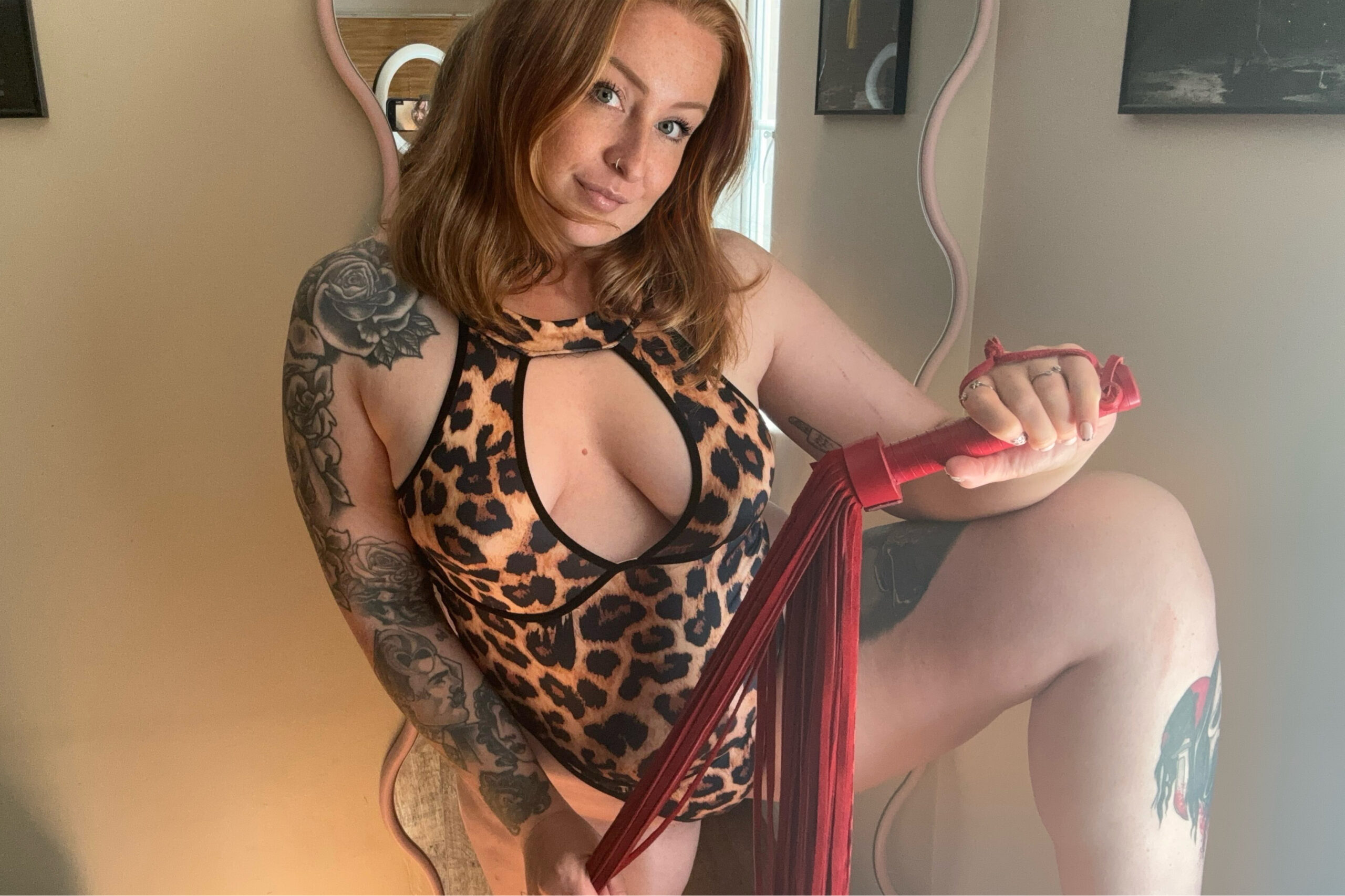Attachment Styles: How They Shape The Way We Love
Secure Attachment
Secure attachment is a fundamental aspect of healthy emotional development and interpersonal relationships. It arises from consistent, responsive caregiving in early childhood, fostering a sense of trust, safety, and confidence in oneself and others. Individuals with secure attachment feel comfortable relying on their loved ones for support, expressing their emotions freely, and navigating challenges with resilience.
Characteristics of Securely Attached Individuals
Securely attached individuals tend to have a healthy balance between independence and interdependence in relationships. They are self-assured and comfortable both alone and in the company of others. They value intimacy and emotional connection but also understand the importance of personal space and autonomy. When facing difficulties, they can turn to their support system with confidence, knowing they will be met with empathy and understanding.
These individuals are generally able to regulate their emotions effectively, displaying flexibility and adaptability in various situations. They possess a strong sense of self-worth and don’t rely on external validation for their sense of value. Their trust in themselves and others allows them to form stable and fulfilling relationships based on mutual respect, open communication, and emotional security.
How Secure Attachment Manifests in Relationships
Secure attachment manifests in relationships through a pattern of trust, comfort, and healthy interdependence. These individuals feel secure and safe expressing their emotions openly and authentically. They are comfortable relying on their partners for support during times of need, knowing that their feelings will be validated and met with empathy.
Securely attached individuals demonstrate respect for their partner’s individuality while also valuing intimacy and emotional connection. They are able to maintain a healthy balance between independence and togetherness, allowing both partners space to pursue their own interests while still nurturing the relationship.
Conflicts are managed constructively, with a focus on open communication and understanding. Securely attached individuals are able to regulate their emotions effectively and avoid using blame or manipulation during disagreements. Their confidence in themselves and their partner fosters a sense of security and stability within the relationship.
Anxious-Preoccupied Attachment
Anxious-Preoccupied Attachment is characterized by a constant need for reassurance and validation from others. Individuals with this attachment style often worry about their relationships and fear abandonment, leading them to become overly dependent on their partners for emotional support. They may exhibit clingy behavior, experience intense jealousy, and struggle with self-esteem issues.
Characteristics of Anxiously Attached Individuals
Anxious-Preoccupied Attachment is characterized by a constant need for reassurance and validation from others. Individuals with this attachment style often worry about their relationships and fear abandonment, leading them to become overly dependent on their partners for emotional support. They may exhibit clingy behavior, experience intense jealousy, and struggle with self-esteem issues.
- A constant need for reassurance and validation
- Excessive worry about relationship stability
- Fear of abandonment
- Overdependence on partners for emotional support
- Clingy behavior
- Intense jealousy
- Low self-esteem
Impact on Romantic Relationships
Anxious-Preoccupied individuals often struggle with insecurity and fear of rejection in romantic relationships. Their intense desire for closeness can lead to clingy behavior, constant need for reassurance, and a tendency to overanalyze their partner’s actions. The fear of abandonment is deeply ingrained, causing them to become overly dependent on their partner for emotional validation.
This attachment style can create a dynamic where the Anxious-Preoccupied partner constantly seeks reassurance, potentially making their partner feel overwhelmed or suffocated. Jealousy can flare easily, leading to conflicts and tension. The Anxious-PreOccupied individual may interpret neutral actions as signs of rejection or disinterest, further fueling their anxieties.
While the Anxious-Preoccupied person craves intimacy, their fear of abandonment often sabotages the relationship. Their need for constant reassurance can be draining for their partner, creating a cycle of anxiety and tension. Open communication and understanding are crucial to navigating this dynamic successfully.
Dismissive-Avoidant Attachment
Dismissive-Avoidant Attachment is characterized by a tendency to suppress emotional needs and prioritize self-reliance above close relationships. Individuals with this style often appear emotionally distant, uncomfortable with intimacy, and dismissive of their own or others’ feelings.

Traits of Avoidantly Attached People
Individuals with a Dismissive-Avoidant attachment style tend to value independence and self-sufficiency above emotional connection. They may struggle to express their feelings openly and find it challenging to rely on others for support. This can lead to a perception of emotional distance and detachment in their relationships.
Dismissive-Avoidant individuals often downplay the importance of intimacy and may appear aloof or uninterested in emotional vulnerability. They may avoid discussing personal matters, keep conversations light, and minimize the significance of their own or others’ feelings. This can make it difficult for partners to feel truly connected and understood.
While they may appear confident and self-assured on the surface, individuals with this attachment style often struggle with underlying anxieties and fears related to intimacy. They may have experienced emotional neglect or rejection in their past, leading them to develop coping mechanisms that prioritize emotional independence over closeness.
Attachment Style and Relationship Dynamics
Dismissive-Avoidant individuals often downplay the importance of intimacy and may appear aloof or uninterested in emotional vulnerability. They may avoid discussing personal matters, keep conversations light, and minimize the significance of their own or others’ feelings. This can make it difficult for partners to feel truly connected and understood.
While they may appear confident and self-assured on the surface, individuals with this attachment style often struggle with underlying anxieties and fears related to intimacy. They may have experienced emotional neglect or rejection in their past, leading them to develop coping mechanisms that prioritize emotional independence over closeness.
In relationships, Dismissive-Avoidant individuals may exhibit a pattern of emotional distance and detachment. They may struggle to express affection openly and find it challenging to provide emotional support to their partners. Their need for independence can lead to a lack of emotional responsiveness, making it difficult for their partner to feel secure and supported.
Conflicts often arise when Dismissive-Avoidant individuals withdraw emotionally during disagreements, leaving their partner feeling unheard or rejected. They may minimize the significance of the conflict or avoid discussing difficult emotions altogether. This can create a sense of frustration and resentment in the relationship.
It’s important to note that attachment styles are not fixed traits but rather tendencies that can evolve over time with self-awareness, effort, and supportive relationships.
Fearful-Avoidant Attachment
Fearful-Avoidant Attachment is characterized by a complex mix of desire for closeness and fear of intimacy. Individuals with this attachment style often experience internal conflict between their longing for connection and their anxieties about getting hurt. They may crave intimacy but also exhibit avoidance behaviors, fearing rejection or emotional vulnerability.
Understanding Fearful-Avoidant Attachment
Fearful-Avoidant Attachment is characterized by a complex mix of desire for closeness and fear of intimacy. Individuals with this attachment style often experience internal conflict between their longing for connection and their anxieties about getting hurt. They may crave intimacy but also exhibit avoidance behaviors, fearing rejection or emotional vulnerability.
Those with Fearful-Avoidant Attachment tend to have a conflicted view of relationships. They desire closeness and emotional intimacy but simultaneously fear being hurt or rejected. This internal struggle can lead to push-and-pull dynamics in their relationships.
They may exhibit behaviors that both seek and repel intimacy. They might initiate contact and express affection, only to withdraw when they feel overwhelmed by emotions or perceive a threat to their security.
Individuals with Fearful-Avoidant Attachment often struggle with self-esteem issues and low self-worth, stemming from past experiences of emotional neglect or rejection. This can fuel their fears of intimacy and make them hypersensitive to perceived threats in relationships.
In romantic relationships, Fearful-Avoidant individuals may display a pattern of inconsistency. They crave closeness but also fear being hurt, leading to a push-and-pull dynamic where they both seek and withdraw from connection. This can create confusion and insecurity for their partners.
They may cling to their partner one moment while pushing them away the next. Their emotional expressions can be intense and unpredictable, often swinging between longing and fear. Conflicts may escalate quickly due to their heightened sensitivity and fear of abandonment.

Challenges in Relationships
Fearful-Avoidant Attachment presents a unique set of challenges in relationships. Individuals with this attachment style experience a complex interplay of desires for intimacy and fears of getting hurt. This internal conflict can manifest in push-and-pull behaviors, leaving partners confused and feeling insecure.
Those with Fearful-Avoidant Attachment often crave closeness but simultaneously fear rejection or emotional vulnerability. They may initiate contact and express affection, only to withdraw when they feel overwhelmed by emotions or perceive a threat to their security. This inconsistency can create a volatile dynamic in relationships, making it difficult for partners to build trust and feel secure.
Their heightened sensitivity to perceived threats and fear of abandonment can lead to intense emotional reactions during conflicts. They may become easily upset or withdraw from communication altogether, leaving their partner feeling unheard and unsupported.
Navigating relationships with Fearful-Avoidant individuals requires understanding, patience, and clear communication. Partners need to create a safe space where these individuals feel comfortable expressing their emotions without fear of judgment or rejection.
probone position
Learn everything they’ve written
Learn all the facts on the blog
- Why Can’t You Exercise After Lip Filler - November 3, 2025
- What Is The Best Age To Start Considering Bum Filler Injections? - November 2, 2025
- What Are CBD Infused Gummies And How Do They Work - October 30, 2025
